5 Underrated Yoga Poses
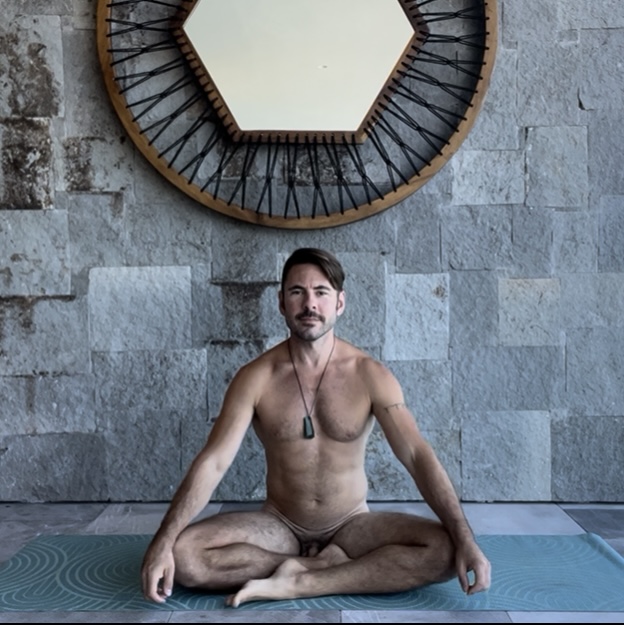
I remember when doing listed blogs were all the rage a few years back. Perhaps they still are, and I have been out of the loop. I have not done one of these in a long time, so I thought I would throw one in here for fun: 5 Underrated Yoga Poses.
Many of us want to gain the penultimate poses: handstand, scorpion, sleeping yogi, ohm, etc. These are all great poses to work towards, but I find it important to practice some of the more basic postures to compliment my practice and to help achieve these more challenging poses. Of the more basic postures, there are still some we may easily skip, thinking they are way too basic for anyone above beginner. Allow me to try and dissuade you from such thinking by pointing to five basic postures that I think are underrated.
Sukhasana (easy pose).
This basic cross-legged posture is essential for all beginners to master to begin their mediation practice. In fact, I use this pose at the beginning of nearly all of my basic yoga classes for students to do hip circles in. I find this extremely beneficial for students to open of their hips and to begin the movement of the spine in an easy flowing fashion. This will help prepare them for seated breathing exercises and meditation. Another important thing to note, is that not all yoga students find easy pose easy! Some have extremely tight hips that restricts them from accessing this posture. Although I encourage students to practice this pose, offering them Vajrasana (thunderbolt pose) or to extend one or both legs wide from easy pose, may be options for them to feel success in sitting ‘easy’.
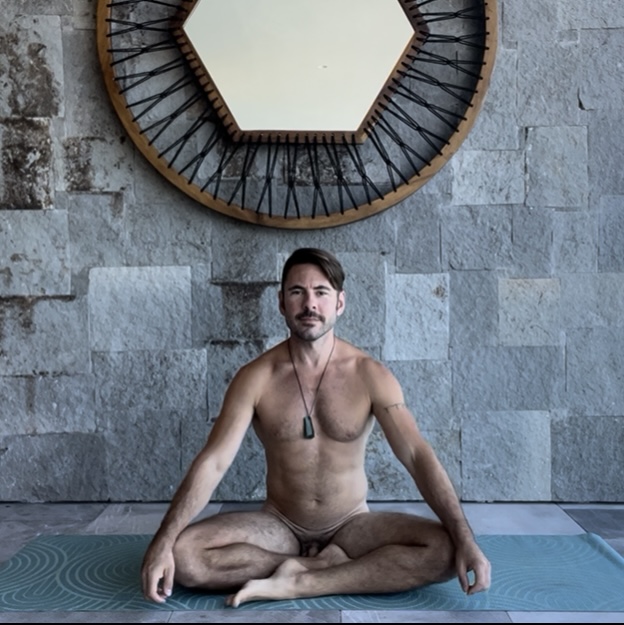
Tadasana (mountain pose)
Perhaps many consider this pose to be foundational. So foundational, that it never discussed, just expected to be maintained throughout all postures. That’s right! Tadasana, as I was taught, is not simply for mountain pose, but an anatomically correct position that should be modelled in every posture. Of course, all postures are different shapes and sizes, but the essential principles behind Tadasana’s structure is something to be exemplified throughout the class. Tadasana also has many variations: feet together as in Samasthiti, equal standing posture, similar to a military like pose; Or feet apart palms open forward, reminiscent of Leonardo da Vinci’s Vitruvian man.
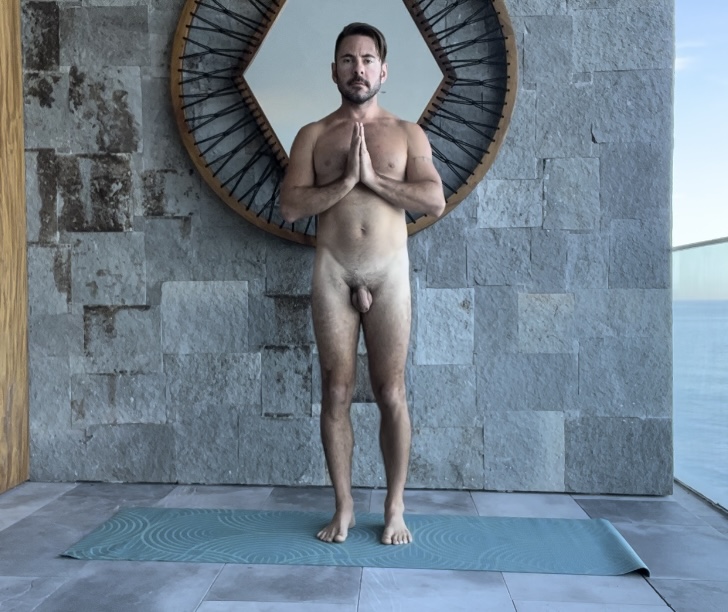
Malasana (squat pose)
This posture gains you entry into the hip region, and completely relaxes the pelvic floor. It is also one of the few postures that I instruct to relax the abdominal muscles in. If a student is having difficulty in this posture, especially in getting the hips low with the soles of the feet flat, I recommend for them to alter their foot position, distance between feet, or lift their heels. I also teach students some mobility exercises; to lightly bounce up and down in their hips or rock side to side. I think the squat position is natural pose for humans to be in, but we have lost the accessibility from sitting in chairs too much.
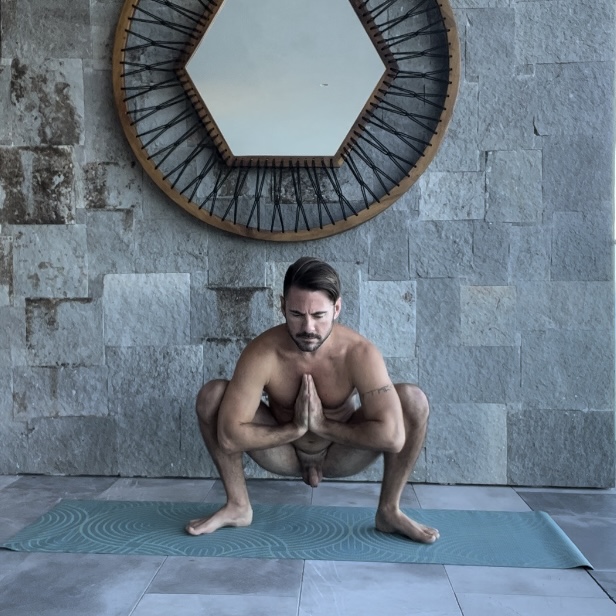
Balasana (child’s pose)
A humbling pose, but also a vital resting posture in any class, Teachers will often offer down dog for the resting posture, with a caveat that child’s pose is always there for you. An excellent posture to lengthen the low back safely after doing backbends. This is another posture I teach with he stomach relaxed. In many forward bends, I stress stomach in to protect the low back. This can become tiring to have to consistently engage the core. Passive low back stretching is beneficial alternative. The forehead to the mat also allows for the body to relax.
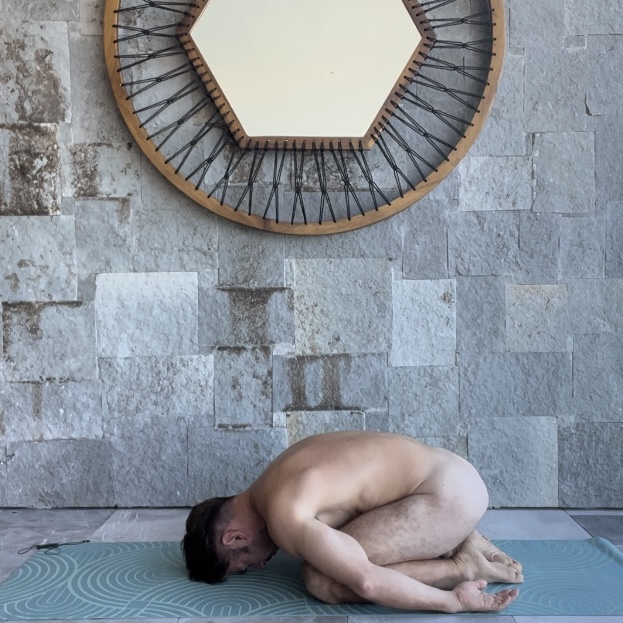
Savasana (corpse pose)
I certainly cannot be the only one to believe that this pose is underrated. Major streams of yoga include zero time for it during class. Even if instructors recommend it after they walk out of the room. Of course, a student must take their training seriously and do their due diligence. Considering the difficulty of this pose, stillness after the intensity of some classes, can be nearly overwhelming. Also, there is the time restraint (traditionally the physical class is about 1.5 hours, adding on 10 or even 5 more minutes for can be too much for some schedules). I structure all of my basic classes to include a guided savasana, where I go through instructions on relaxing all parts of the body, including breathing and mediation techniques. Savasana is vital for the nervous system to incorporate all the effort put into your practice previously. Make the time for it.
I hope you enjoyed my list of 5 underrated poses. Always feel free to offer any comments or feed back.





